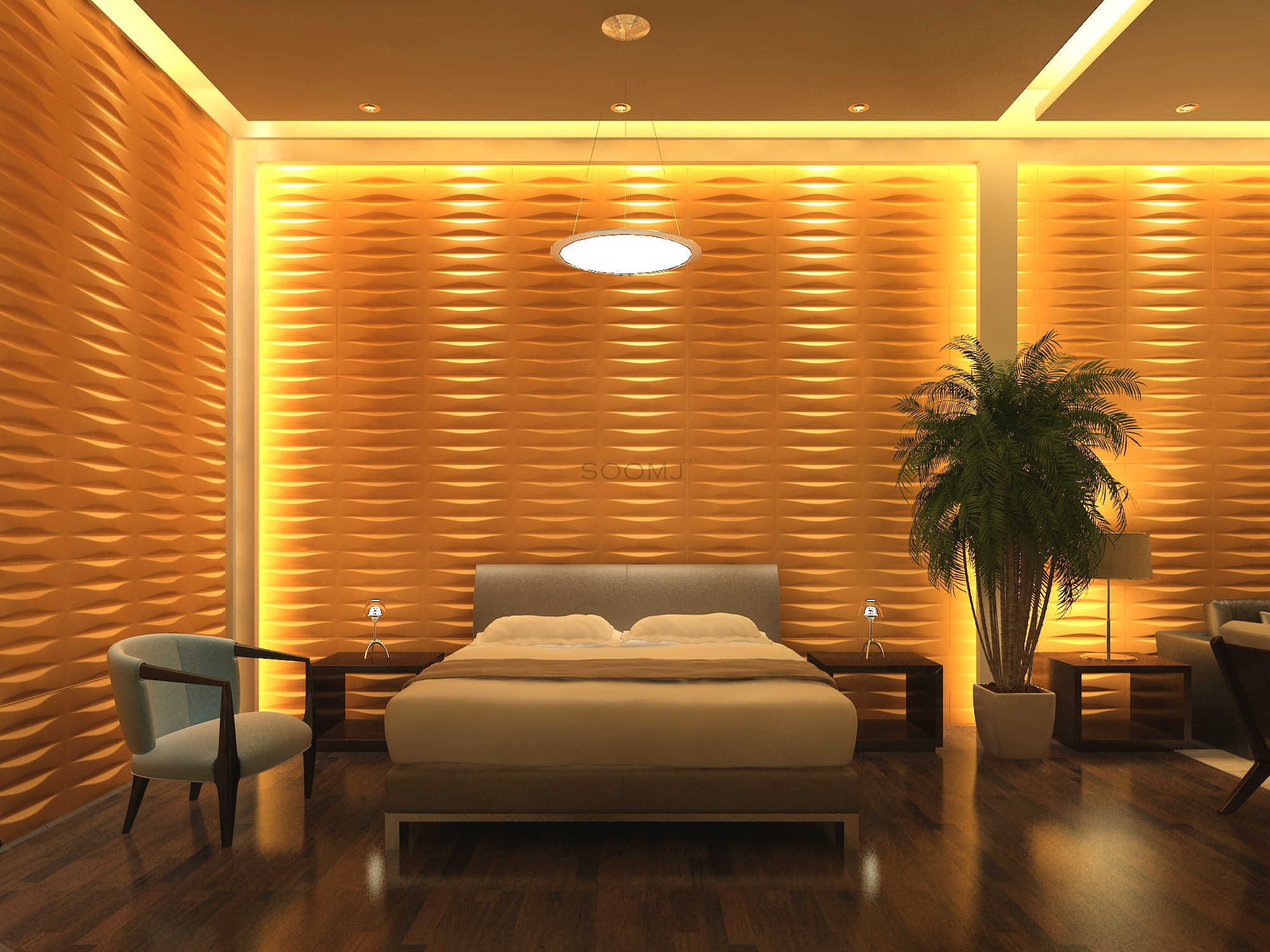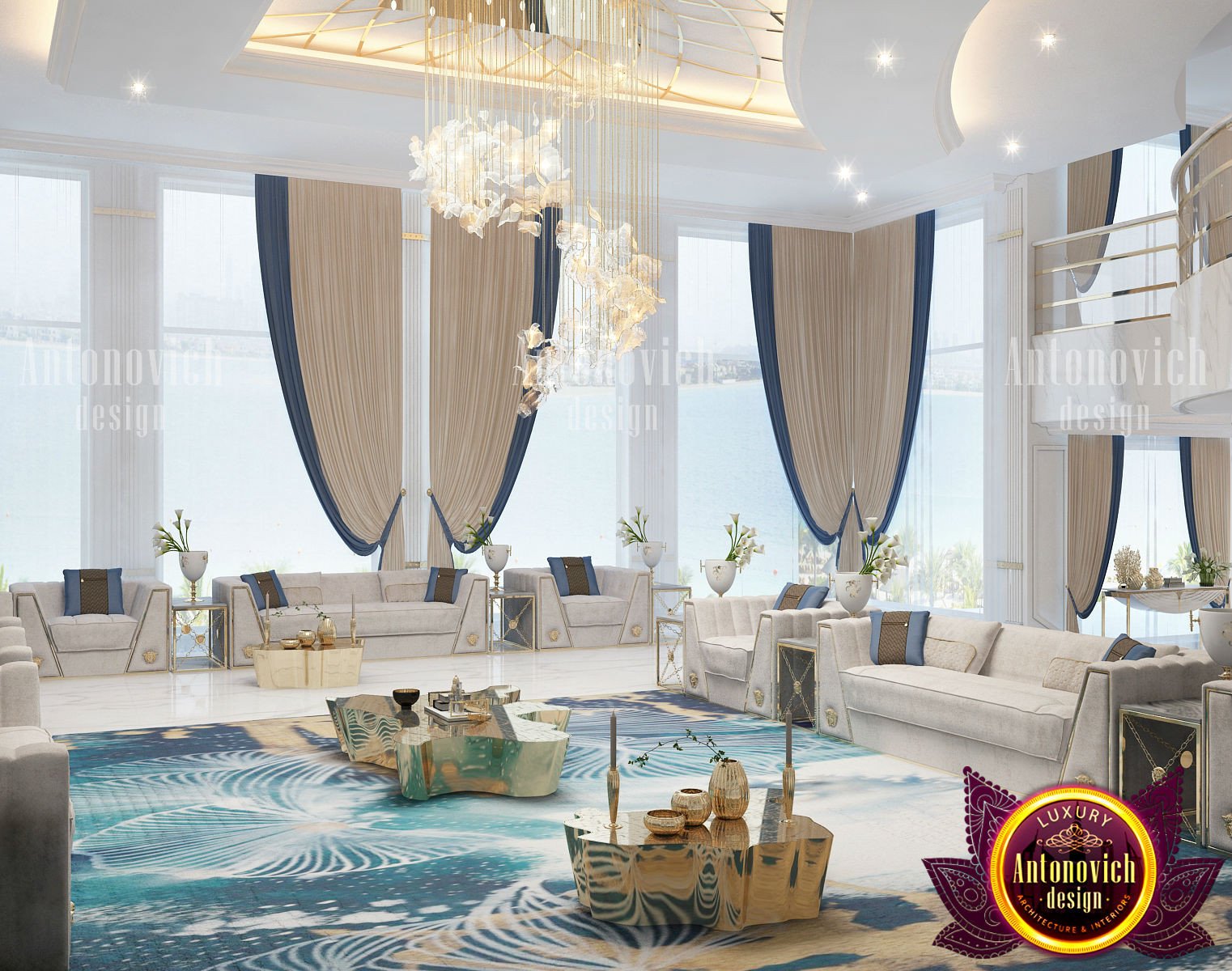Table Of Content

A major design flaw that can happen with interior spaces is that all surfaces and colors blend into the same indistinguishable/amorphous look. Examine the living room designed by Marc-Michaels in Palm Beach, Florida below. The designer captured the simplistic elegance by mixing fabric patterns that compliment each other.
- Slowing Down with Carpet: The Benefits of Soft Flooring for Art Viewing and More
Its ambient glow can transform an entire space into one of incredible softness or, conversely, one that’s hard and harsh. Adding texture to a room encompasses a great deal more than a few fringe-edged luxury cushions here and a rough-sawn wood texture there. It is the precise art of blending the rough with the smooth and knowing how to create visual texture—the sort that isn’t tactile at all. The answer to "what is texture" and how to apply it to your interior awaits. When it comes to interior design, shiny floors can be a slippery slope. Even if they are not slippery, people may perceive them as such, which can influence how they move around the space, leading to caution and even avoidance of certain areas.
Combine Complementary Textures:
Understanding the lighting in a room and how that light will change is an important consideration in choosing the right textures for your interior design. They can be used to add personality, uniqueness, and creativity to a space. Using contrasting textures can add visual interest and create a focal point in a room.
Amalgamate different textiles
Minecraft: 10 Best Resource Packs For Interior Design - TheGamer
Minecraft: 10 Best Resource Packs For Interior Design.
Posted: Fri, 14 Apr 2023 07:00:00 GMT [source]
Weekly updates on the latest design and architecture vacancies advertised on Dezeen Jobs. Daily updates on the latest design and architecture vacancies advertised on Dezeen Jobs. The kitchen features bright blue units that contrast with shiny gold backsplashes and slender handles on the tall cabinets. Smooth, red cabinets are set against a blue-green marble back and worktop in this kitchenette, which is located in a studio apartment in the Locke am Platz hotel in Zurich. This was contrasted with cool tones in the polished floor and steel-blue-painted ceiling. The kitchen was overhauled with red tones in various mix-matched materials, including ruby-hued timber cabinets with bright red trims and veiny red quartzite used in the island, splashback and countertops.

Eight kitchens with striking material palettes of contrasting colours and textures
Use Texture with Color – Color and texture, when utilized properly, supplement and complete each other impeccably. Intensely finished items will ricochet less light, and, in that capacity, they give a dim shade to the color plan of the room. With over a decade of expertise in the design realm, Kimberly is trained at the prestigious FIT in NYC, she excels in curating harmonious spaces with a keen focus on symmetry and function. If you've opted for a sleek, dark room, you can use lighting as a form of texture to warm things up a little. As humans, we have a preference for certain textures underfoot, and we tend to stick to what we know.
What Are Textured Walls? - Different Types of Textured Walls - ELLE Decor
What Are Textured Walls? - Different Types of Textured Walls.
Posted: Thu, 23 Jan 2020 08:00:00 GMT [source]
Art and design exhibitions
It has a similar effect to a mirror, as the high-shine finish allows for highlights and reflection. Envelop the whole space in it from floor to ceiling for a glossy impact. If you already have paneled walls but want to lighten them up, whitewash your panels by watering down your paint. Then brush it on, immediately wipe it, and repeat this until you get your desired color. Think Interior provides you with the highest standards of education in interior design to enhance your ability of creating ideas.
Abstract Textures:
Use Texture with Light – Rough textures proffer a warm feeling as they reflect less light and hence make the object look more rustic and add weight. On the other side, smooth and shiny textures give a pristine and modern look as they reflect more light and offer a cool impression to the living space. Contrast is essential when you want your design to look balanced and soothing to the eyes. When you add texture in interior designing, the most important elements pop and are able to strike the perfect balance between different elements to avoid any restraint. Many times, it is often overlooked and seems to be forgotten about, but it has a magical power to add depth and beauty it can add to a room.
But even without high-tech solutions, the use of texture in interior design has been shown to significantly impact how people feel and interact with their surroundings. To help add texture in an organic way, mix old and new furniture, finishes, objects, and architectural elements. Abby Rose provides full-service interior design whether creating an entirely new home, a remodel or revamping individual rooms.
Types of Patterns
If you want your room to pop and be the centre of attraction for all your visitors, you cannot miss adding texture when designing a new interior scheme. It's crucial to look at the room as a whole and bring an area together with mixed materials for vibrancy and warmth. Adding a smooth texture to a room with heavy textures can create a sense of balance and make the space feel more inviting.
By being aware of the potential risks of shiny floors, we can make informed design decisions that balance both aesthetics and practicality. For those with hardwood flooring, rugs can be a great solution for adding texture, as they can help to soften the space and add visual interest. However, keeping a wool rug clean can be a challenge, especially if you have pets.
Texture is a powerful tool in interior design, capable of conveying different emotions, creating interest, and even affecting behavior. It seems the “modern farmhouse” aesthetic has hit its saturation point, as have beds adorned with a million pillows. (C’mon, it just ends up being a lot of clutter.) We can also wave goodbye to fast furniture—unsurprising given that more often than not, it just ends up discarded on a curb. A more environmentally conscious approach to interior design is always in. American interior designer Kelly Wearstler has paired a towering tree with speckled wood panelling and vintage furniture by Carlo Scarpa at the Ulla Johnson flagship store in West Hollywood. And instead of dramatic jewel box paint colors on all sides of a room, consider going 360 degrees with your prints.
A printed grasscloth will make the natural fibers look even more texture-rich and dimensional. In sitting room designed by Cameron Ruppert Interiors, the pearlized ink dots on Phillip Jeffries' Rivets wallcovering resemble nailheads, a look reflected in the actual metal studs on the green velvet sofa. So when it doubt, opt for a printed wallpaper that creates the optical illusion of texture. Experimenting with scale and placement of textures can create different effects and add visual interest to a design. It involves creating textures using lettering and handwriting, adding a personal touch to a design.
This is the latest in our lookbooks series, which provides visual inspiration from Dezeen's archive. For more inspiration, see previous lookbooks featuring eclectic hotel interiors, organic modern living rooms and homes where continuous flooring creates a connection between indoors and outdoors. Designer Tom Stringer chose a Ralph Lauren faux crocodile wallpaper to bring texture and a sultry punch to the otherwise clean, classic space. "Dark colors resonate when they have a little gloss over them," he tells HB.
For example, when we use a monochromatic or analogous colour scheme, we choose some contrast items that add harmony and balance to the space. After understanding the texture in interior designing, we should also imbibe the importance of texture in interior design. 'Texture can make a sterile and functional bathroom into a vibrant and welcoming space,' says Barrie Cutchie, Design Director at BC Designs. It can easily be achieved through the use of natural materials and intricate details such as brassware finishing touches; there really are endless ways to give your bathroom depth and personality. Just like humans, dogs evolved in a natural environment, which means that they tend to be more comfortable with natural, rough surfaces than polished, slippery ones. Recent studies suggest that after touching something warm, we are more likely to judge others as caring and generous while also becoming more cooperative and trusting of ourselves.

No comments:
Post a Comment